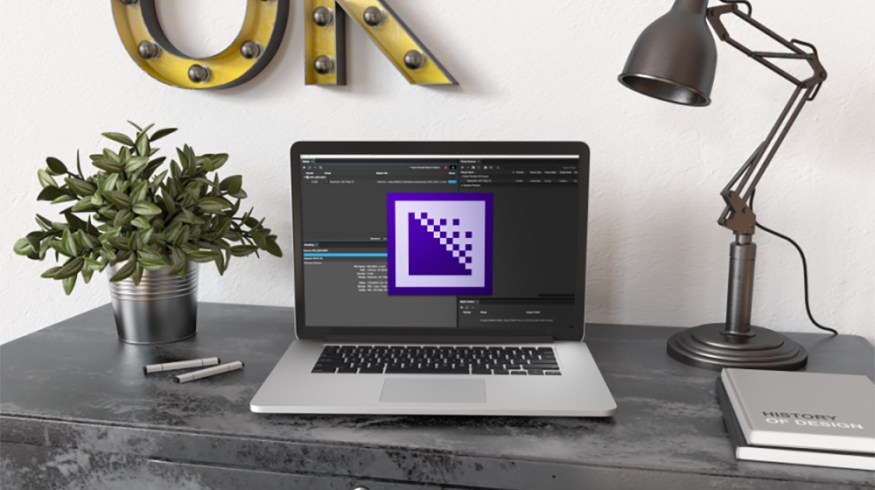
Everything You Ever Wanted to Know About Bit Rates
Next time you’re exporting video, use these helpful tips to figure out which bit rate is best for you.
Images via Shutterstock
When adjusting your export settings, it can be easy to choose a random bit rate or simply match that of your source footage. However, you can benefit significantly from understanding which bit rates are appropriate for different purposes.
A bit rate is the number of bits (a bit is a zero or one, and is the basis of all computing) processed in a given amount of time. For instance, a bit rate of 30 megabits per second, or 30Mbit/s means that 30,000,000 bits are being processed every second in order to play video and audio. Higher bit rates provide higher quality at the expense of file size.
CBR vs VBR
There are two types of bit rate encoding: Constant Bit Rate and Variable Bit Rate
1. Constant Bit Rate
CBR maintains a set bit rate throughout the entire video, making it easy to play back and quick to load. This is best used for cloud-based streaming services where the video is constantly being downloaded, and is subject to stutter with bit rate spikes. Unfortunately, CBR will produce a larger file size, so it can be restricting for some output formats.
2. Variable Bit Rate
VBR features a dynamic bit rate that changes depending on the level of detail needed in a given moment (usually moments of motion). While this is less universally easy to play back, it provides significantly higher video quality than CBR with a much lower file size. Best used for progressive and direct downloads (e.g. YouTube or Vimeo), VBR only spikes its bit rate when necessary.
Which of these you choose will depend largely on your individual circumstances, but for the most part, CBR and VBR are best used for these purposes.
High Quality Bit Rate Standards

Blu-ray, the standard for high quality home cinema, has generally adhered to a maximum bit rate of about 40Mbits/s for 1080P movies. However, with the recently release of Ultra HD Blu-ray, which features 4K playback, movies can use bit rates as high as 128Mbits/s.
How far you push your own video quality will depend on the video length, and the size of your storage device, be it a disk or hard drive. However, with Blu-ray standards as a reference point, you can know roughly what quality to expect prior to rendering.
Uploading Videos Online

Online content has become rather forgiving in terms of what level of quality it can now support. Google has even provided its own recommendations of what bit rates to use for YouTube, with a suggestion for each common format.
720P
5Mbit/s [24FPS, 25FPS, 30FPS]
7.5Mbits/s [48FPS, 50FPS, 60FPS]
1080P
8Mbit/s [24FPS, 25FPS, 30FPS]
12Mbit/s [48FPS, 50FPS, 60FPS]
2K
16Mbit/s [24FPS, 25FPS, 30FPS]
24Mbit/s [48FPS, 50FPS, 60FPS]
4K
35-45Mbits [24FPS, 25FPS, 30FPS]
53-68Mbit/s [48FPS, 50FPS, 60FPS]
These recommendations should serve you well for most online video platforms.
As a side note, YouTube actually restricts its quality compression excessively according to resolution, so even if your video is only 1080P, you may want to export it with 4K dimensions. By tricking YouTube into thinking it is processing higher-resolution footage, you can cause it to process your video with a higher bit rate than it normally would.
These are only the fundamentals of bit rates, but they should be enough to get you through most projects with less troubleshooting, more confidence, and better quality.
What settings have you found ideal for your work? Let us know in the comments below.





